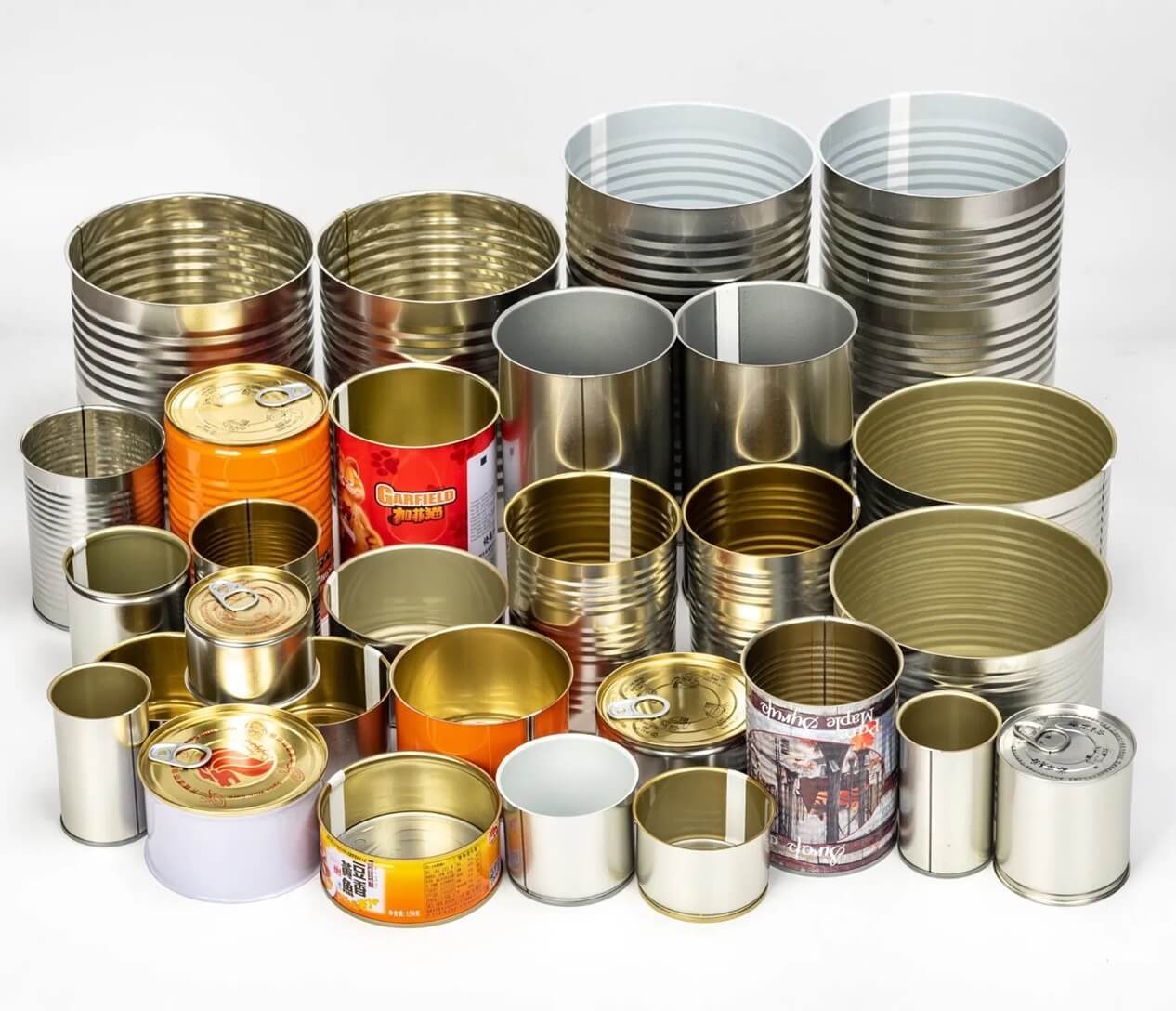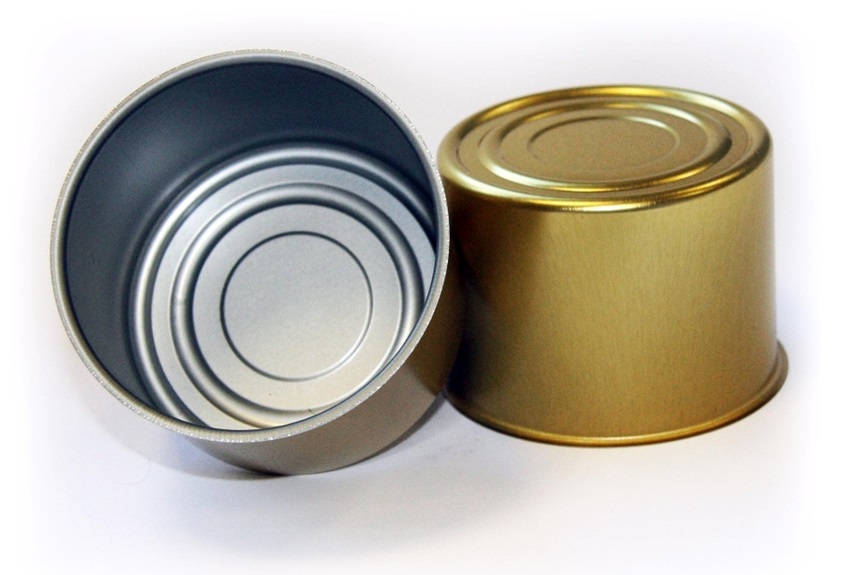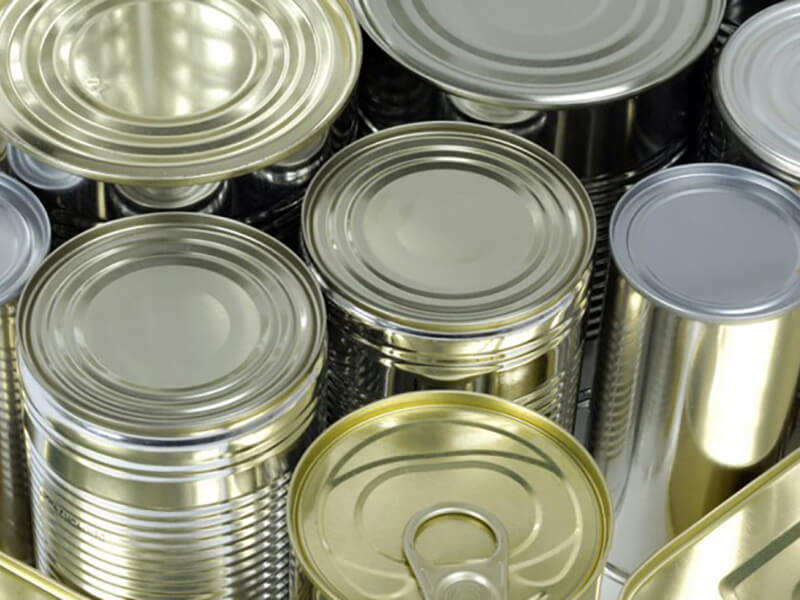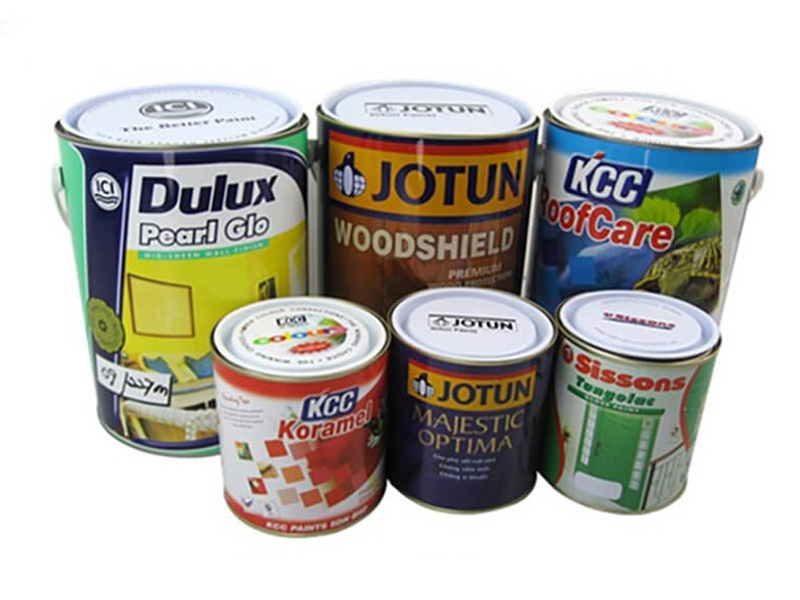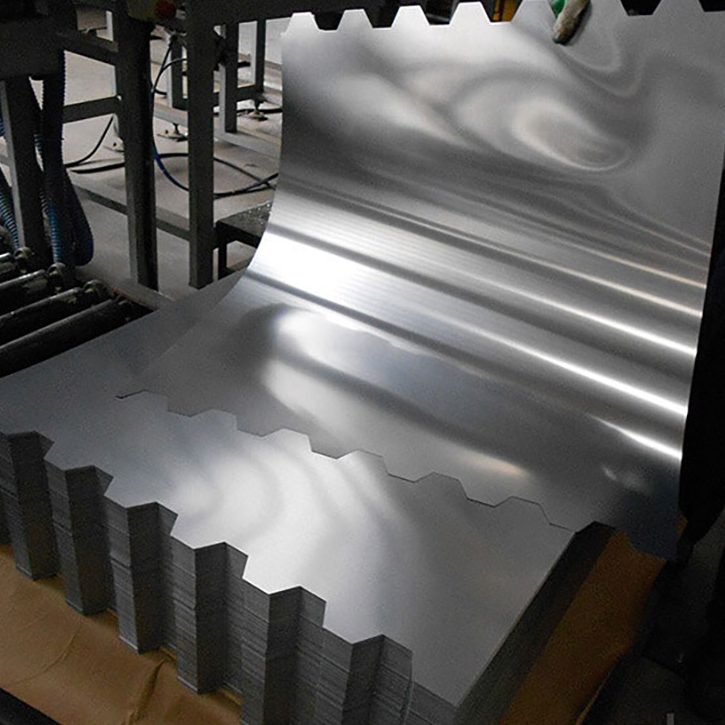Why are food cans coated with tin and not with zinc?
Introduction of Why are food cans coated with tin and not with zinc?
Food cans are a staple in preserving and storing food products, providing a long shelf life and maintaining the quality of the contents. The choice of coating for these cans is critical for both safety and preservation. While zinc is a popular coating for many metal products due to its corrosion-resistant properties, food cans are specifically coated with tin instead of zinc. This article explores the reasons behind this choice, highlighting the advantages of tin in food safety and preservation.
Properties of Tin vs. Zinc
Tin
- Non-toxic: Tin is non-toxic, making it safe for direct contact with food. It does not react with acidic foods, ensuring that the contents remain uncontaminated and safe for consumption.
- Malleability: Tin is malleable and can be applied in a thin, even layer over steel, providing a smooth and uniform surface that is ideal for food cans.
- Corrosion Resistance: While tin is not as corrosion-resistant as zinc in industrial environments, it provides adequate protection against rust for the lifespan of most food products, particularly when cans are stored in controlled environments.
Zinc
- Toxicity: Zinc, although used in various industrial applications, can be toxic when ingested in significant amounts. When zinc comes into contact with acidic foods, it can react and dissolve, potentially leading to food contamination.
- Corrosion Resistance: Zinc offers excellent corrosion resistance in various environments, which is why it is commonly used in galvanized steel for construction and automotive industries. However, this level of protection is unnecessary for food cans, which are usually stored in less harsh conditions.
Why Tin is Preferred for Food Cans
- Safety and Non-reactivity
- Non-toxic Nature: The primary reason tin is used over zinc is its non-toxic nature. Tin does not leach harmful substances into the food, even when in contact with acidic or alkaline foods.
- Non-reactive: Tin is less likely to react with food products, preserving the taste and quality of the food. This is especially important for acidic foods like tomatoes and fruits, which can react with metals.
- Food Preservation
- Barrier Properties: Tin provides an effective barrier to air and moisture, which helps in preserving the food’s freshness and preventing spoilage.
- Enhanced Shelf Life: The non-reactive nature of tin coating ensures that the food retains its nutritional value and flavor for extended periods.
- Manufacturing Advantages
- Ease of Application: Tin can be applied in very thin, uniform layers through a process called tinplating. This ensures that the can remains lightweight yet durable.
- Surface Smoothness: The smooth surface provided by tinplating is beneficial for labeling and handling, making it practical for manufacturing and marketing.
Produce Standard of Electrolytic Tinplate Sheet and Electrolytic Chromium-Coated Steel
Chinese standard: GBT 2520
American standard: ASTM A623M
Europea Standard: EN 10203
Japanese Industrial Standard standard: JIS G3303
Surface Treatment
Classification of surface finishes for electrolytic tinplate
| Commodity | Letter Symbol | Classification | Specific Feature |
| Single cold-reduced products | B | Bright finish | A luster surface provided by a flow-brightened tin coating on a smoothly grindstone-finished steel base. |
| R | Stone finish | A luster surface provided by a flow-brightened tin coating on a steel base characterized by a directional grindstone-pattern. | |
| S | Silver finish | A luster surface provided by a flow-brightened tin coating on a coarse dull finished steel base. |
Surface Finish Classification Of Blackplate
| Single cold-reduced products | B | Bright finish | A smooth surface finish with a fine grindstone-pattern |
| R | Stone finish | A surface finish with a directional grindstone-pattern | |
| M | Matte finish | A dull surface finish | |
| Double cold-reduced products | R | Stone finish | A surface finish with a directional grindstone-pattern |
Alternatives and Innovations
While tin remains the standard, innovations in food packaging continue to emerge. Some alternatives and improvements include:
- BPA-free linings: To address concerns over traditional can linings, many manufacturers are now using BPA-free linings in conjunction with tin.
- Composite Materials: Advances in materials science have led to the development of composite materials that can provide even better protection and safety for food storage.
Conclusion
The choice of tin over zinc for food cans is primarily driven by considerations of safety, reactivity, and preservation. Tin’s non-toxic and non-reactive properties make it ideal for food contact, ensuring that canned foods remain safe and retain their quality. While zinc is excellent for corrosion resistance in industrial applications, it does not meet the stringent requirements needed for food safety. By using tin, manufacturers can provide consumers with safe, high-quality canned food products that have a long shelf life and maintain their nutritional value.



